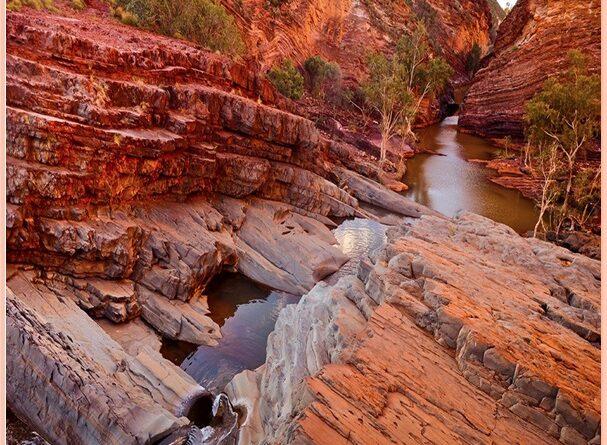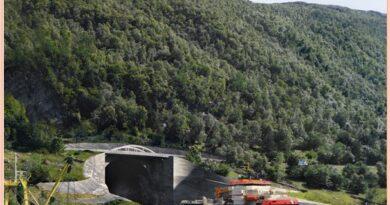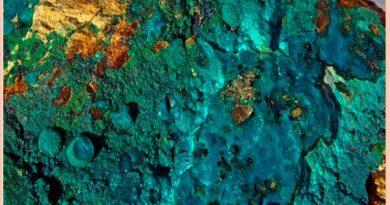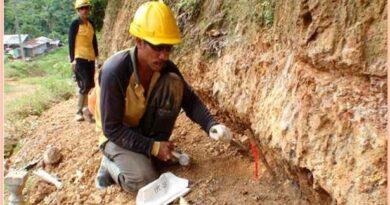Basic Petroleum Geology and Petroliferous basins of India
Petroleum Geology-Introduction
The geological processes that create crude oil and natural gas reservoirs are referred to as Petroleum Geology. It is commonly noted that petroleum occurs almost exclusively within sedimentary rocks (sandstones, limestones, and claystone). Thus petroleum geology is very largely concerned with the study of sedimentary rocks. However, the Study of Structural Geology is very important in petroleum evolution. Stratigraphy is the study of the layers (or strata) within rock formations; while Structural Geology is the study of the deformation of rock under tectonic forces.
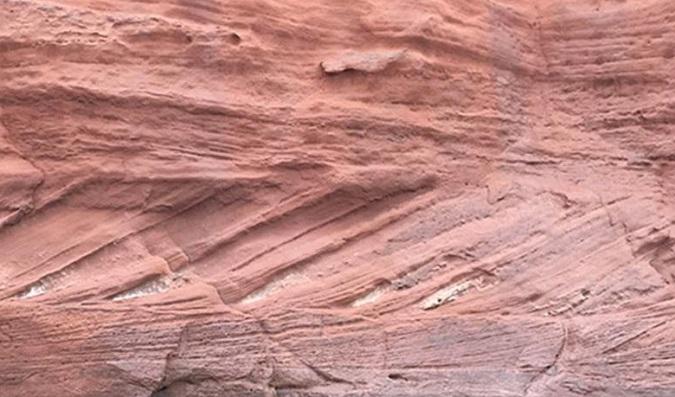
Petroleum geology is concerned with the formation of sedimentary basins. This is because some basins are highly favorable for petroleum generation, while others are less suitable. The deposition of petroleum source beds depends on basin type and Organic detritus material that is buried and preserved in fine-grained sediments. As the temperature and pressures increase high-grade heat energy is generated, which is responsible for generating oil and gas from the source rock.
Petroleum geology is also concerned with the way in which strata may be deformed into folds, and how they may be ruptured and displaced by faults. Such structural deformation may form features capable of trapping migrating petroleum.
Formation of Petroleum
Hydrocarbon reservoirs are typically associated with sedimentary rock formations. Over geologic time, weathered and eroded rock materials are carried downstream from elevated regions to lower regions by rivers and streams to oceans, seas, or lakes. Transport the rock material begins to settle in the water and is deposited onto the bottom of the water body. Along with these sediments, various types of Flora and Fauna are also buried below the sedimentary horizon. Over the millions of years, the environment can change, mountain tops and hilltops erode, sea-levels rise or lower, etc.
Under mild conditions of temperature and pressure, sediments get lithified and compacted, the process known as Diagenesis. When organic aquatic sediments (proteins, lipids, carbohydrates) are deposited, they are very saturated with water and rich in minerals. During Burial and Diagenesis process water is forced out while due to the chemical reaction, compaction, and microbial action carbohydrates break down to form new structures that comprise a waxy material known as “kerogen” and a black tar-like substance called “bitumen”. All of this occurs within the first several hundred meters of burial. This bitumen comprises the heaviest components of petroleum, but the kerogen will undergo further change to make hydrocarbons.
See the road cutting, In this photograph, the layering and deformation of the Keefer Formation (Silurian Age) are clearly visible. The “inverted feature in this photo is an anticlinal structure. Anticlines statistically form the most common crude oil and natural gas reservoirs.

There are five geological requirements for the formation of a hydrocarbon reservoir:
- Source Rock
- Migration Path
- CapRock
- Reservoir Rock
- Trap
Source Rock
Source Rock is the rock in which the original organic material is converted into hydrocarbons. It is necessary that hydrocarbons originate in the hydrocarbon reservoir itself but are generated away from the reservoir in rocks that are conducive to hydrocarbon generation. These source rocks are typically organic-rich shales, siltstones, or sandstone.
Migration Path
Since the hydrocarbons are originated away from the reservoir, there must be a pathway for the hydrocarbons to migrate from the source to the reservoir. This pathway is known as the Migration Path. The migration path is an Aquifer rock layer that is in connection with both the source rock and the hydrocarbon-bearing reservoir. All fluid migration is always showing an upward direction. This is because the main driving mechanism in hydrocarbon migration is buoyancy, which occurs because the oil and gas are less dense (lighter) than the resident water.
CapRock or Seal Rock
In order to prevent the buoyant flow of petroleum to the surface, a vertical flow barrier, or CapRock, is required along the migration path and at the reservoir. Caprock is an overlying rock layer that is impermeable to flow. Permeability is a property of the rock that is a measure of the ease with which fluids can flow through a porous medium.
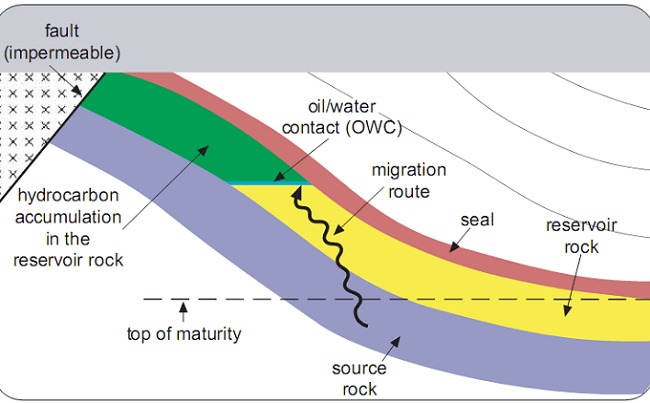
Reservoir Rock
For the accumulation of hydrocarbon, the presence of a Reservoir Rock is necessary. The reservoir rock is the same rock formation as the migration path. The most common reservoir rocks are sedimentary rocks; however, sometimes naturally fractured igneous and metamorphic rocks can also form hydrocarbon reservoirs.
The two things requirements for a commercial crude oil or natural gas reservoir are high porosity and high permeability. oil and natural gas exist in the pore-space between the grains of the sedimentary rocks. A rock formation with a higher porosity implies greater storage capacity than a rock formation with lower porosity. This is the reason for greater quantities of oil and gas stored in the more porous rock. As discussed earlier, permeability is defined as the ease with which fluids flow through porous media. A high permeability formation implies greater oil and gas production rates and more economically attractive production wells.
Also read- Types of Volcanoes And their example
Trap
A trap or trapping mechanism is a change in the stratigraphy or a structural deformation that is capable of stopping the migration process and keeping the oil and gas in place over geologic time. Statistically, anticlines are the most common traps; however, they are not the only types of hydrocarbon traps. Crude oil and natural gas traps can be categorized as Stratigraphic Traps or Structural Traps. Stratigraphic traps are related to the layering of the rock strata; while structural traps are related to the structural deformations of the rock formations.
For the development of a hydrocarbon reservoir, all five conditions of the reservoir system must be present prior to the formation and migration of the hydrocarbons. If any of these conditions is missing from the system, then a crude oil or natural gas reservoir cannot develop.
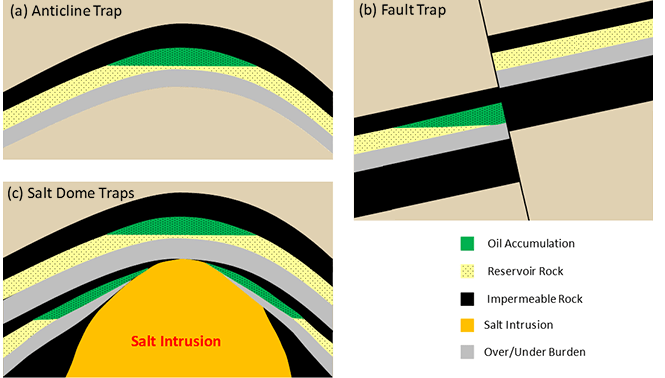
Prospecting of Petroleum
Oil and gas prospecting and exploration is a complex method. The process takes place in several stages and involves numerous scientific and researchable data. In this process, Geology, geophysics, geochemistry, petrophysics, micropaleontology, sedimentology branches are involved.
The initial phase of exploration focuses on extensive review and processing of all existing geological data available for the given area. followed by project development and the completion of seismic surveys covering the most promising parts of the area. Seismic waves propagate through the ground in different ways due to the different properties of the rock formation, density, and Volume, and this property is very helpful to identify rocks below the surface
Geochemical prospecting is also an important step in petroleum investigation. the prospecting is based on the well-known theory about halos of dispersed hydrocarbon gases under oil-gas accumulations in layers of parents rocks. Geochemical prospecting is based on hydrocarbon gas anomalies found in subsurface horizons of a stratigraphic division.
Further processing of the obtained data includes their geological-geophysical interpretation and Petrophysics, which form the basis for the design of exploration wells. Exploration well drilling and completion represents the final stage in hydrocarbon prospecting.
India has 26 sedimentary basins which are based on the occurrence of hydrocarbon and exploration. These have been divided into 4 categories-
Category-I
The petroliferous basins with proved hydrocarbon reserves and where commercial production has already been started come under this category. It mainly includes basins-
- Assam shelf
Bombay offshore
Cambay
Krishna
Godavari
Rajasthan
Cauvery
Category-II
Sedimentary basin with the proven occurrence of hydrocarbons but from which no commercial production has been obtained yet comes under this category. The basins mainly include –
- Andaman Nicobar
Bengal
Himalayan foothills
Jaisalmer
Kutch
Mahanadi
Category-III
In this category, sedimentary basins have no significant oil & gas shows but are considered as perspectives on Geological considerations. It includes the following basins-
- Bikaner- Nagaur
Kerala- Lakshadweep
Saurashtra
Category-IV
This is the category, where petroliferous basins with uncertain prospects require basic data for prognosis. It includes the basins, which bear an analogy with similar hydrocarbon-producing basins in the world and maybe prospective. It includes basins like
- Arunachal Pradesh
Deccan syncline
Ganga valley
Gondwana
Mizoram
Manipur
Narmada
Vindhyan
Deep Ocean Petroleum Geology
Deep marine petroleum geology examines the formation, distribution, and enrichment of petroleum in seas with water depths greater than 300 m, including both ultra-deep-water greater than 3000m. depth and deep-water deposits.
The world’s deep-water basins can be grouped into four types- Basins with ductile beds for which sediments are supplied by large rivers; Basins with ductile beds for which sediments are supplied by small rivers; Basins without ductile beds for which sediments are supplied by small rivers; and Basins hosting nondeep-water reservoirs. Nearly 75% of the world’s deep-water petroleum reserves are found in the former two types.
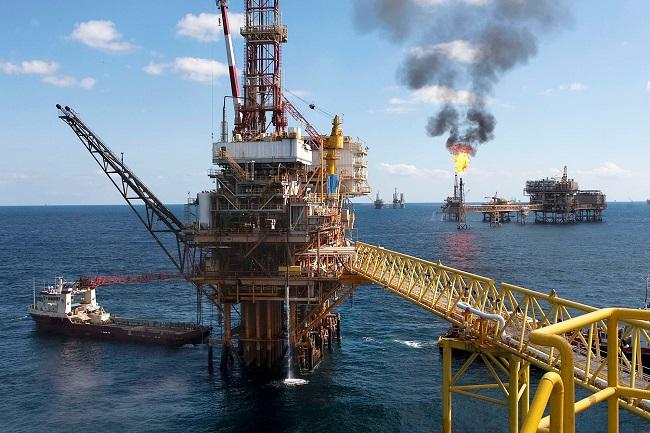
Deep-water reservoirs, typically seated in Neozoic deep-water sandstones and featuring high porosity and permeability, poor diagenetic properties, and low continuity, contribute around 90% of the discovered deep-water reserves. Mudstone or gypsum caprock is an important prerequisite for preserving these reservoirs. Jurassic and Paleogene rocks are highly efficient principal source rocks.
About 40% of the major discoveries in petroleum since 2000 have occurred in deep-water areas. The offshore deep-water zones in Brazil, the Gulf of Mexico, and West Africa have become hotspots for deep-water petroleum exploration and are known as the “golden triangle” for deep-water petroleum exploration.
Source- Sciencedirect.com, aapg.org, researchgate.net, e-education.psu.edu
